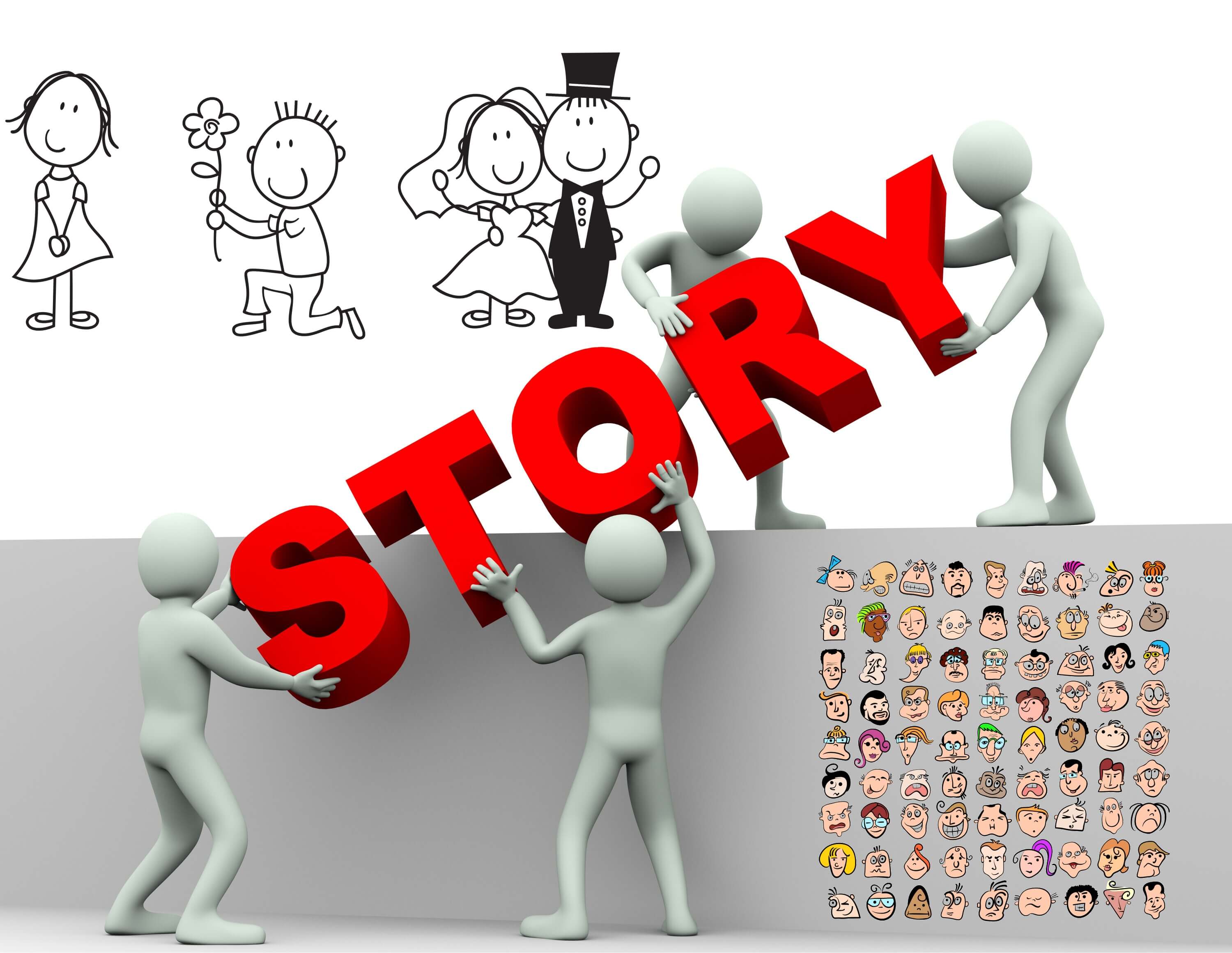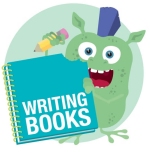Help Young Writers Create Story Characters
By: edHelper Staff
Updated: May 30, 2023

What grabs young readers so they keep on reading? The characters! Even if they love story characters, they might feel a little nervous about creating one. So how can you help a room of energetic students get excited about creating story characters? Never fear, help is here. Building characters can build character in your young writers because the process is detailed, creative, and vital to a great story.
Characterization will be much easier for your students if you break the process down into five elements. Students can first visualize their characters. Then they can create the environment for the story. They can explore what their characters do, as well as the character's inner thoughts and feelings. Writing dialogue for a character is the last element and adds depth to the story.
Perhaps you have never created a character for a story yourself, so feel free to jump right (write!) in with your students. Taking a moment to create your own story character can help you appreciate the process as you share it with your students.
What Does the Character Look Like?
Defining and describing how the character looks is the easiest first step. This is also called creating a character sketch. Adjectives are the best tools in the writers' tool box to accomplish this! This is the perfect time to remind students about what adjectives do.
One exercise that students might enjoy is looking at a picture of a well-known story or movie character. Describing this person will help students get into a creative frame of mind for inventing their own characters. You can ask leading questions about the individual's eye and hair color or remarkable features. Does the person have any unusual physical characteristics? Does the character have unusual clothing or props that are important for the story line?
Another hands-on activity that might inspire students' creative powers is to have them draw pictures of their characters before putting pen to paper. If you have a roll of butcher paper, students can make large drawings of a potential fictional character! They will have a great time picking out physical features like hair color, as well as clothing, shoes, and even props. Be sure to ask them to also name their character.
Here is a worksheet that will help students describe what their characters look like:
Where Does the Character's Story Take Place?
Another step for students to take is to define where the story takes place. This is also called the setting. When you are teaching characterization, students can look at how the location of the story affects the character. What kind of environment does the character live in? How does it look, feel, and even smell? How does the environment help or hinder the character as the story unfolds? This is another time for students to explore exciting adjectives to make the location as real as possible. Linking a character to a certain environment takes skill as students need to tie details together in a believable way.
Here is a worksheet that will help students describe where the story takes place:
What Does the Character Do?
Deciding what a character does is a multi-faceted question. What she does might mean what kind of job she has. It can also mean what kind of role the character plays in the story. Is she a hero or a villain? Is he a main or supporting figure in the story?
Here is a worksheet to help students refine their ideas about what a character does:
What Does the Character Think and Feel?
Another aspect of character development is letting the reader know what the character is thinking and feeling. Writers that can clearly show what is going on within their characters can make the people in their stories seem much more believable. A character's thoughts and feelings are often expressed in first-person.
To lay the groundwork for this part of characterization, sometimes a good round table discussion can be fascinating. Have your students sit in a circle. Show a picture or photograph of a person, and then go around the circle and have each student say a short phrase about what the person in the picture is thinking or feeling. This exercise can be both moving and hilarious!
Here is a worksheet to help students develop what their characters are thinking and feeling in a story:
What Does the Character Say?
Actions might speak louder than words, but dialogue is a vital part of characterization. Many feelings and thoughts come out in dialogue. The reader learns whether the character is friendly and easy-going or mean and suspicious. Brave writers can also attempt dialect in their dialogues, but that is better suited for more experienced writers.
One classroom activity that can help students write convincing dialogue is to break the students into pairs, give them a topic, and let them discuss it. Tell them that this practice will help them write better dialogue for their stories.
Here is a worksheet on dialogue that can also help young writers refine this skill:
Writing can be intimidating for students, but you can use these five elements to help them find joy in the process of creating fictional characters. This process will help them grow in their confidence as writers, which will in turn accelerate other areas of their education. They will probably surprise themselves...and you...at where their imagination can take them.
This Month's Writing Practice














